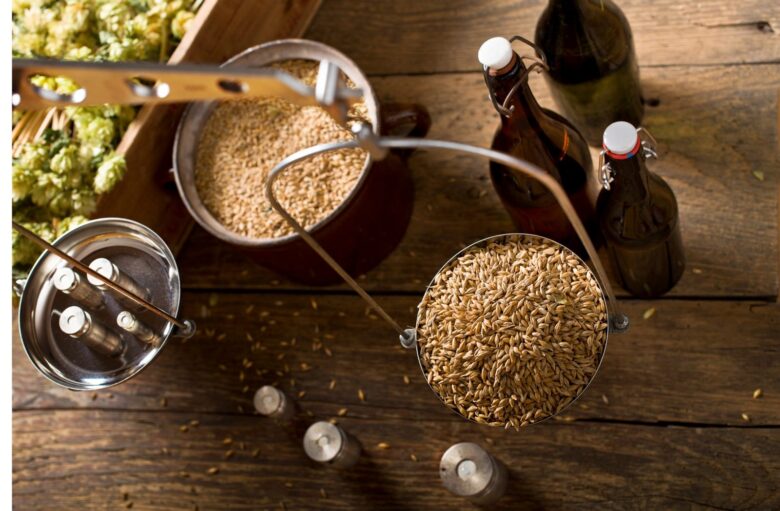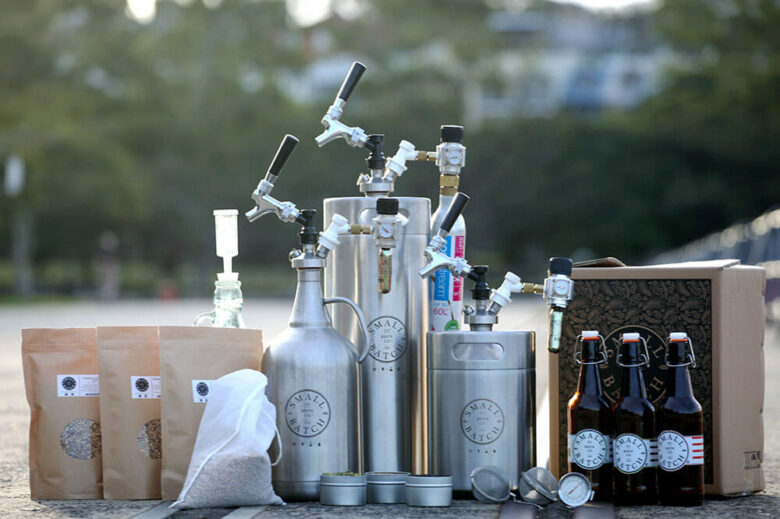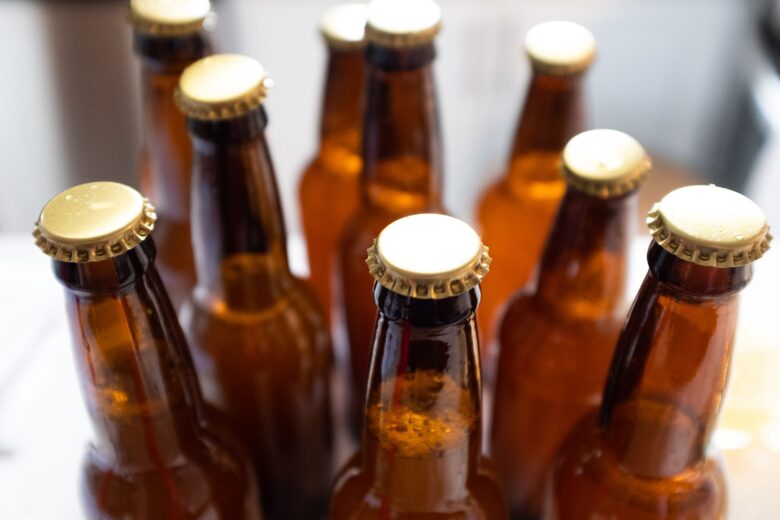Brewing beer at home is a popular hobby, and for good reason. Not only does it allow you to control all the variables of the process, but it’s also a great way to impress your friends and family. But brewing beer can be daunting for first timers, which is why we’ve put together this guide. In it, you’ll learn everything you need to know about brewing beer, from the most basic tips to more advanced methods. Armed with this information, you’re sure to produce some delicious beverages in no time!
How do you make easy beer at home?

Source: countryfile.com
If you’re new to brewing, or just looking for an easy beer to make at home, there are a few things you need to know. The first step is to gather your brewing equipment. You’ll need:
– A beer kit
– A fermentation vessel
– An airlock
– Bottles and caps
– A tap or siphon
– A bottle stick
– Long stirrer
– And something for sanitization
The next step is to brew. Steep grains in hot water to extract the sugars, then boil the wort and add hops according to your recipe. Once the boiling is complete, cool the wort quickly and transfer it to the fermentation vessel. Don’t forget to sanitize all your supplies!
After fermentation is complete, typically within two weeks, it’s time to bottle your beer. Bottle conditioning will carbonate your beer naturally, so be sure to use bottles that can withstand the pressure. Store your beer in a cool, dark place and enjoy!
Brewing kit

Source: smallbatchbrew.com.au
If you’re just getting started in the world of home brewing, you may be wondering what the easiest beer to make at home is. The good news is that there are a number of easy-to-follow recipes and kits available that can help you get started.
One of the most important things to consider when choosing a recipe or kit is what kind of equipment you’ll need. Basic starter kits usually come with a fermenter, bottling bucket, an airlock, hydrometer, instructions, packaging items, and ingredients. If you already have some of this equipment on hand, great! If not, don’t worry – it’s relatively inexpensive and easy to find.
Once you’ve gathered your supplies, the next step is to choose a recipe. There are many different styles of beer out there, so take some time to browse around and see what looks appealing to you. Keep in mind that some styles may require additional steps or ingredients beyond what’s included in your basic kit, but there are plenty of simple recipes out there that anyone can follow.
So what is the easiest beer to make at home? Ultimately, it’s up to you! By taking the time to choose the right recipe and gathering the necessary supplies, you’ll be well on your way to brew up a batch of delicious homemade beer.
There are plenty of brewing kits out there that make the perfect homemade beer, but if you want to find the best ones out there, check out more brewing kits suggestions here and get yourself the perfect brewing kit to start making your own beer.
What are the steps of brewing beer?

Source: goodhousekeeping.com
Malting: Malting is the process of soaking grains in water and then allowing them to germinate, or sprout. This activates enzymes in the grain that will later be used to convert starch into sugar.
Milling: Milling is the process of crushing the malt to prepare it for mashing. This step is important in ensuring that all the enzymes are available for the mashing process.
Mashing: Mashing is the process of mixing the malt with hot water to release the sugars. This mixture is then heated to boiling to further break down the sugars and extract flavor from the malt.
Lautering: Lautering is the process of separating the solid particles from the liquid wort. This is typically done using a lauter tun, which has a false bottom that allows for separation while still allowing all the liquid wort to be collected.
Boiling: Boiling is the final step in extracting sugars from the malt and also serves to sterilize the wort before fermentation. Hops may also be added during this step to provide bitterness, flavor, and aroma to beer.
Fermenting: Fermenting is where yeast is added to the wort and allowed to consume the sugars, producing alcohol and carbon dioxide gas. This step usually takes place in a closed vessel such as a carboy or bucket so that pressure does not build up and explode vessels.
Conditioning the yeast: In order to ensure that your yeast is healthy and active, you’ll need to condition it before pitching it into the wort. This can be done by simply adding the yeast to some warm water and letting it sit for a few minutes.
Filtering the wort: Once the wort has been boiled and cooled, it’s time to filter it. This step is important in order to remove any unwanted solids that could potentially spoil the beer.
Packaging the beer: The final step is to package the beer in bottles or kegs. This is where you’ll also add any desired carbonation.
And that’s it! Brewing beer is a relatively simple process, but one that requires patience and attention to detail. Depending on the type of beer you’re making, fermentation can take anywhere from a few days to several weeks. But trust us, it’ll be worth it when you finally get to enjoy your homemade brew!
Conclusion
Making your own beer at home is easier than you might think. With the right tips and guidance, anyone can produce a decent batch of homebrew. In this article, we’ve shared some of our best tips for beginners who want to try their hand at making beer at home. We hope that these tips will help you get started on your brewing journey and produce a beer that you can be proud of. Make sure to leave a comment down below if you need any help with starting your own small brewing company! Thank you for reading!
